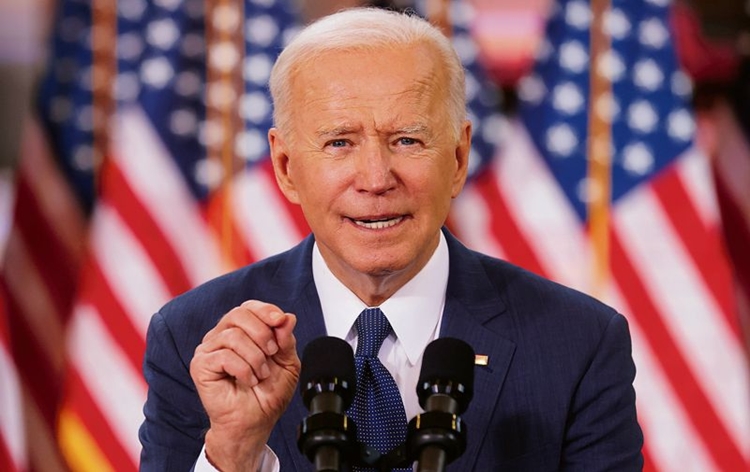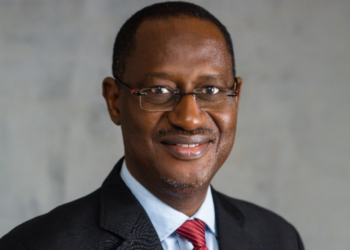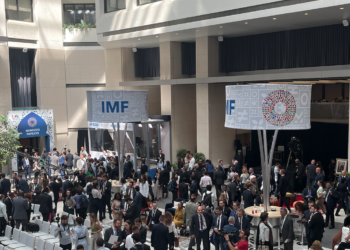The World Bank has projected that 622 million people, representing 7.3% of global population will live in extreme poverty by 2030 as efforts to eradicate poverty stall.
The Bank made the projection in its new Poverty, Prosperity, and Planet report released on Tuesday, where it noted that the global goal of ending extreme poverty – defined as $2.15 per person per day – by 2030 is out of reach.
According to the Bank, it could take three decades or more to eliminate poverty at this threshold, which is relevant primarily for low-income countries
It added that as of 2024, almost 700 million people, representing 8.5% of the global population live in extreme poverty – on less than $2.15 per day. He said the progress being made in eradicating poverty has stalled amid low growth, setbacks due to COVID-19, and increased fragility.
It pointed out that poverty rates in low-income countries are now higher than before the pandemic.
3.5 billion people are still poor
Better than those living in extreme poverty, the Bank also disclosed that around 3.5 billion people (44% of the global population) remain poor by a standard that is more relevant for upper middle-income countries ($6.85 per day), and the number of people living on less than this standard has barely changed since the 1990s due to population growth.
- “Based on the current trajectory, 622 million people (7.3% of the global population) are projected to live in extreme poverty in 2030.
- “This means, about 69 million people are projected to escape extreme poverty between 2024 and 2030 compared to about 150 million who did so between 2013 and 2019.
“In addition, 3.4 billion people (nearly 40% of the world’s population) will likely live on less than $6.85 per day,” the Bank stated in the report.
Africa takes lion’s share of global poverty
The Bank noted that as of 2024, Africa accounted for 16% of the world’s population, but 67% of the people living in extreme poverty.
- It added that two-thirds of the world’s population in extreme poverty live in Sub-Saharan Africa, rising to three-quarters when including all fragile and conflict-affected countries.
- In addition, about 72% of the world’s population in extreme poverty live in countries that are eligible to receive assistance from the International Development Association (IDA), the Bank stated.
- While noting that around one-fifth of the world’s population lives in countries with high inequality, it also pointed out that high levels of income or consumption inequality are concentrated among countries in Sub-Saharan Africa, Latin America, and the Caribbean.
- The Bank said at current growth rates, a typical upper-middle-income country will need 100 years to close the prosperity gap.
- It, however, noted that the number of years needed can be reduced if income growth is substantially faster or more inclusive, adding that countries can achieve the same level of prosperity with less growth and a decrease in the level of inequality.
Ways forward
Despite the gloomy picture painted in the report, the World Bank said countries must take some critical steps to tackle poverty.
Specifically, it said low-income countries must prioritize poverty reduction by delivering economic growth and reducing multidimensional poverty.
For middle-income countries, the Bank advised them to prioritize income growth that reduces vulnerability and synergies to reduce the carbon intensity of growth.
While noting that upper-middle- and high-income countries account for four-fifths of global Greenhouse gasses (GHG) emissions, it said these countries need to act fast in transitioning to low-carbon intense economies while managing transition costs.














.gif)






